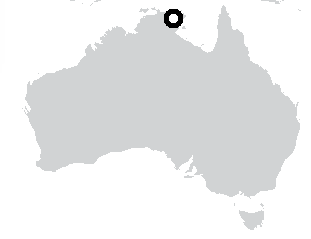
| www.CuriousTaxonomy.net |
|
The Flood in World Myth and Folklore
Australia |
| © 2021 Mark Isaak |

The Wawalik sisters, with their two infant children, camped by the Mirrirmina waterhole. Some of the older sister's menstrual blood fell into the well. The rainbow serpent Yurlunggur smelled the blood and crawled out of his well. He spit some well water into the sky and hissed to call for rain. The rains came, and the well water started to rise. The women hurriedly built a house and went inside, but Yurlunggur caused them to sleep. He swallowed them and their sons. Then he stood very straight and tall, reaching as high as a cloud, and the flood waters came as high as he did. When he fell, the waters receded and there was dry ground.
Buchler, Ira R. & Kenneth Maddock (eds.)., The Rainbow Serpent, A Chromatic Piece (The Hague, Mouton Publishers, 1978), 134-135.

Two orphaned children were left in the care of a man called Wirili-up, who shirked the responsibility. The children, always hungry, cried so much that a ngaljod (rainbow serpent) rose from his waterhole and flooded the countryside. Wirili-up fled, but the children drowned.
Mountford, Charles P. "The Rainbow-Serpent Myths of Australia", in Buchler & Maddock, 74.

During the Dreamtime, a galdar (an unidentified totemic creature) struck a rock at Budjala, in eastern Arnhem Bay. This caused so much water to flow that it drowned two men who were guarding some sacred objects, and it forced others to swim to an island, where they remained until the flood subsided.
Charles P. Mountford, Records of the American-Australian Scientific Expedition to Arnhem Land, 1: Art, Myth and Symbolism (Victoria: Melbourne University Press, 1956), 387.
